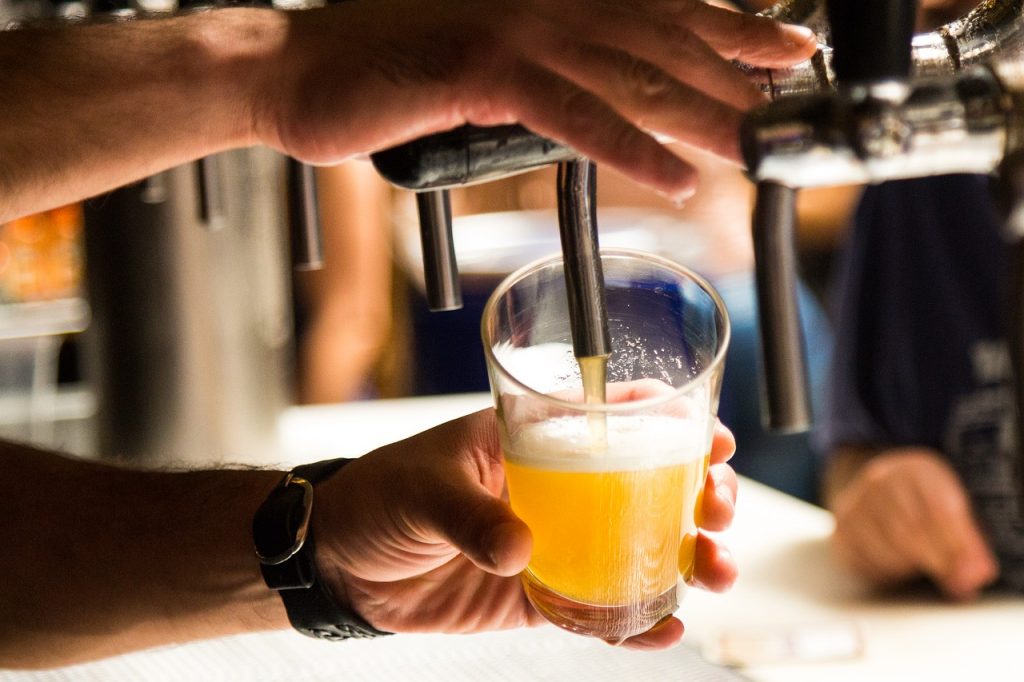America’s Beer Industry Has a Big Problem
The beer industry has a big problem that could serve to threaten thousands of craft breweries across the nation.
This article is more than 2 years old

The craft beer industry, since its rapid expansion in the 1990s, has been taking the United States by storm. Cities like Denver, Colorado have built a whole culture around independent breweries and the one-of-a-kind drafts they offer. From the surface, it would look as though competition in America’s beer industry is booming. In reality, however, the entire market is suffering from a very real problem. Food & Wine reported that big beer is squashing little beer with its staggering market dominance.
The revelation, or perhaps more aptly, the reminder that Anheuser-Busch and Molson Coors control 65% of the market came out of an inquiry done by the United States Treasury Department. The report was done in response to executive order put forth by the Biden Administration to “…assess the American markets for beer, wine, and spirits.” This was put into effect as part of the administration’s goal to make sure fair competition in America’s economy prevails.
With their findings, the Treasury Department was able to identify two major trends. The first one revealed that more than 6,400 breweries are currently in operation across the country. However, the second trend shed light on the fact that beer sales, particularly at the retail level, are still too concentrated. Meaning that when people go to liquor stores to buy beer most aren’t buying from craft companies – they are buying from brands owned by the big two. Essentially, what this serves to show is that despite the prevalence of craft beer, the market is still not competitive enough. Therein lies the big beer industry problem.

The issues at the retail level also pose challenges for smaller breweries trying to get their beers out to the mainstream, which have only been further exacerbated by current supply chain limitations. For instance, Bell Corp, which is the main supplier of aluminum cans for beer companies, rose their minimum purchases levels to heights that priced out many of their smaller clients. Not only could those smaller beer industry clients not afford the increased inventory, but they couldn’t utilize or store it all. This move effectively catered to Bell Corps’ larger clients.
Despite the grim outlooks, both the Treasury Department and the Brewer’s Association, which represents smaller craft beer industry businesses, outlined things that can be done in the future to help address the prevailing disparities. Some things suggested include reexamining each state’s franchise laws and updating trade regulations to be more inclusive. However, both entities acknowledged that actually making headway in rectifying the beer industry’s problem as a whole still remains a long way off.
In fact, the Brewer’s Association pointed out that a big part of the problem is the regulators themselves. Many regulators have significant interests in keeping the powers that be firmly in place. Successfully disrupting that beast could very well be the hurdle that needs to be scaled in order for measurable progress to be made. To put it plainly, those in charge have to really want to be committed to change for the beer industry’s problems to truly get better.





